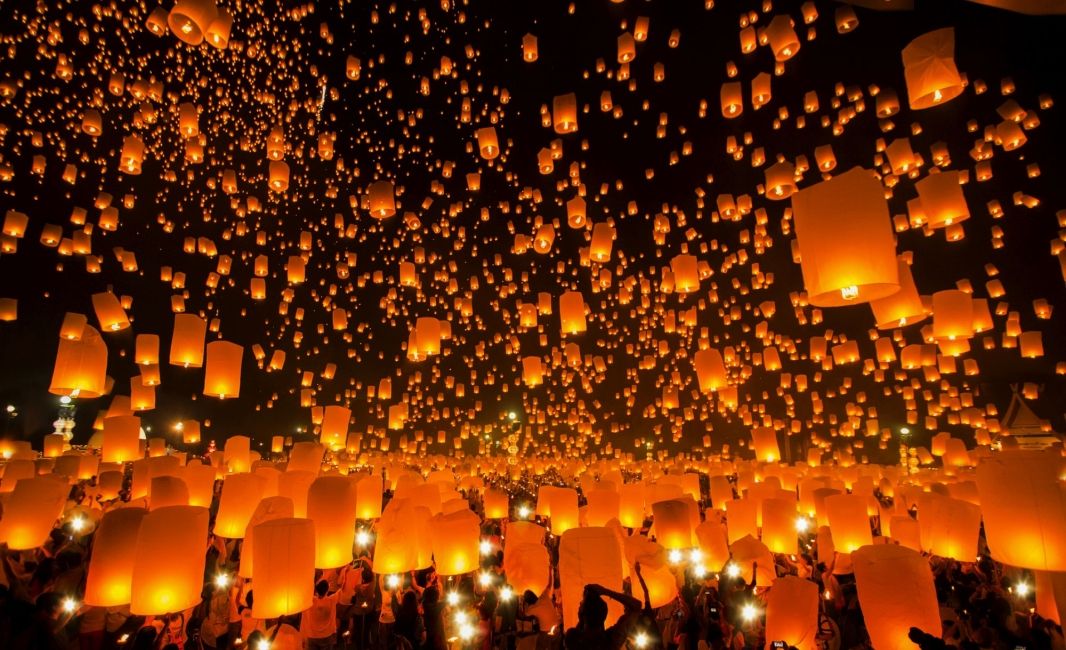5 Holidays to Celebrate While Teaching Abroad in Thailand
Thailand is a beautiful country with a diverse landscape, fascinating history, and rich culture. Unlike many of the neighboring countries in South East Asia, Thailand has never been colonized by the West, making its traditions and holidays stand out. Many holidays and festivals are celebrated throughout the year. Based in Theravada Buddhism, the national religion, many of these holidays are determined by lunar patterns and the phases of the moon, so the dates vary slightly from year to year. You may notice these holiday traditions to be very different to celebrations you are accustomed to in your home country. One of the first things you’ll notice is that the school calendar runs differently in Thailand than it does in the West. The school year starts in May and concludes in February or early March. Thailand celebrates their largest national holiday, Songkran, in April. Viewed as Thai New Year, this nation-wide water fight symbolizes a ritual of cleansing and bathing, bringing good luck into the year ahead.
If you already know when you’re going, we’ll give you some holidays to look forward to! Or, if you’re still deciding which semester to teach abroad, these cool new festivals might help you choose. And who knows, after this you might decide to stay the whole year!
Spring Semester
1. Wai Kru
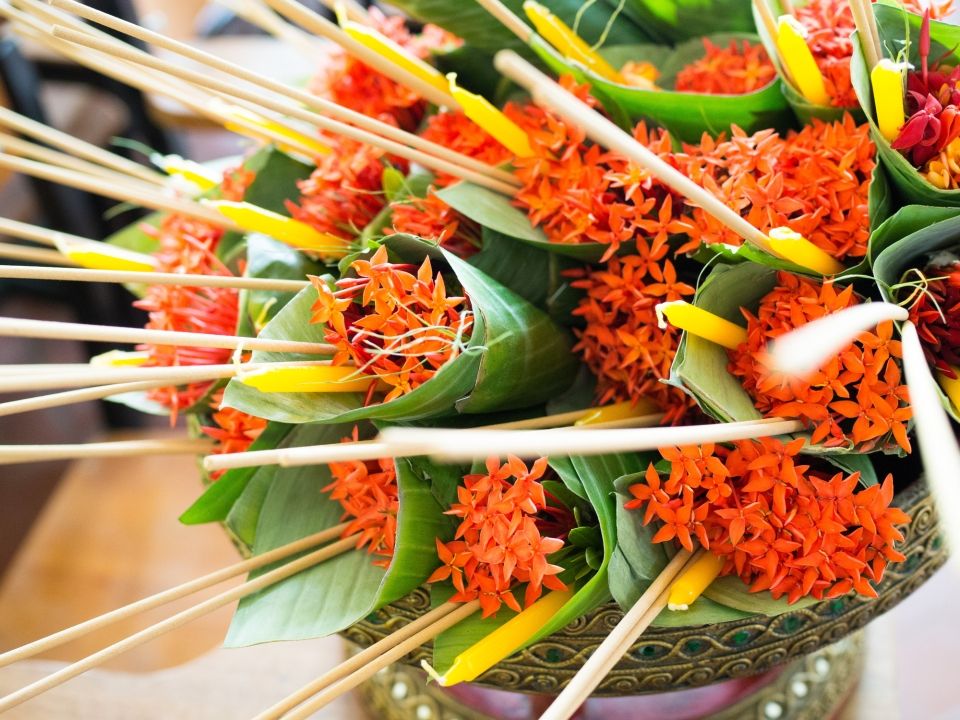
The beginning of the school year will begin in May, with a celebration called “Wai Kru.” This day signifies paying respect to the teachers. “Wai” means to respect, and “kru” means teacher. To celebrate Wai Kru, students will create large bouquets called “khem,” woven out of banana leaves and adorned with flowers. These will be given to the teachers to pay respect for their hard work for the upcoming year. This celebration will vary from school to school, but you will most likely take part in the ceremony alongside your new colleagues!
2. Visakha Bucha Day
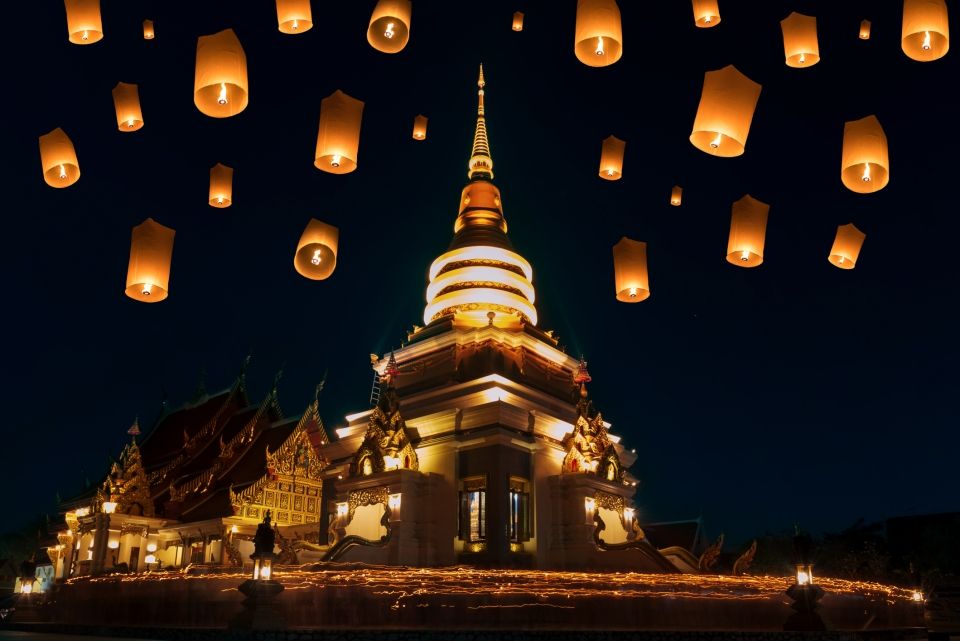
Visakha Bucha Day is an important national holiday in Thailand. This day falls on the 6th full moon of the lunar calendar, and represents the life, death, and enlightenment of the Buddha. People in Thailand celebrate this day by visiting the temple with their family and making merit. To “make merit,” people participate in small acts of kindness or service in their community, deemed to rid oneself of bad karma. Common ways to make merit are to offer food to the elderly or infirmed, offer food to monks, make a donation or partake in maintaining the local temple, or to purchase a live fish or bird from the market and set it free.
3. Asalha Bucha Day and Buddhist Lent
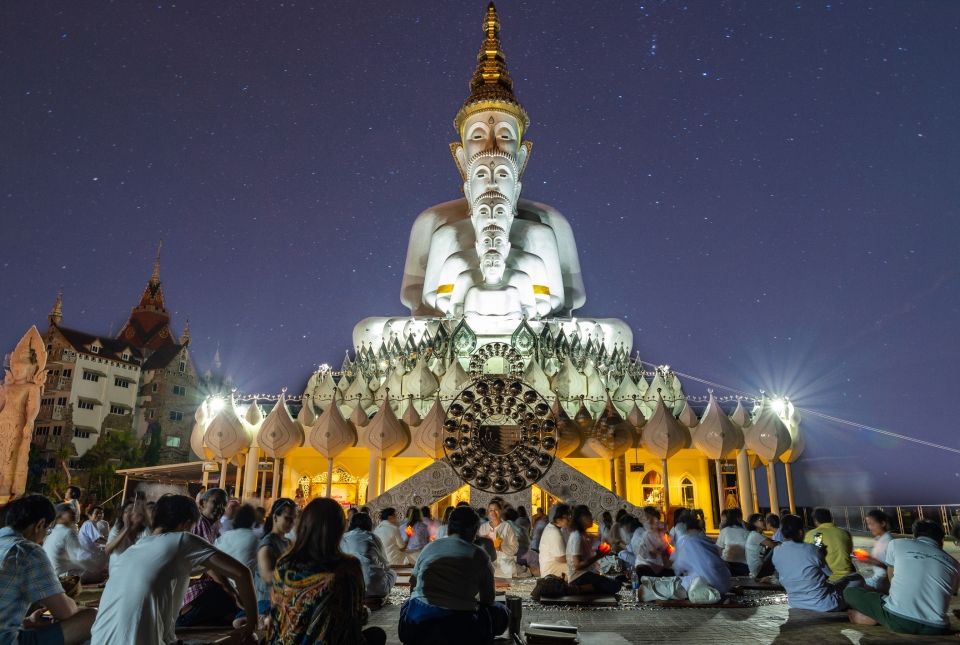
Asalha Bucha Day is believed to be the day that Buddha delivered his first sermon. Thai people celebrate this holiday at their temple, giving offerings of flowers and participating in a candle procession ceremony in the evening. This procession is called “Wian Tian” where people will walk three times around a Temple in a clockwise direction. This day also signifies the beginning of Khao Phansa, or Buddhist Lent. Buddhist lent lasts for 3 months, “the tradition originates from old times when Buddha stayed in temples during the rainy season to avoid killing insects or harming the growing seeds. It is a period for study, meditation and teaching of new monks.” Many Thai people create their own goals or practices for this time, such as eating a vegetarian or vegan diet, or abstaining from drinking alcohol.
Fall Semester
4. King Chulalongkorn’s Day
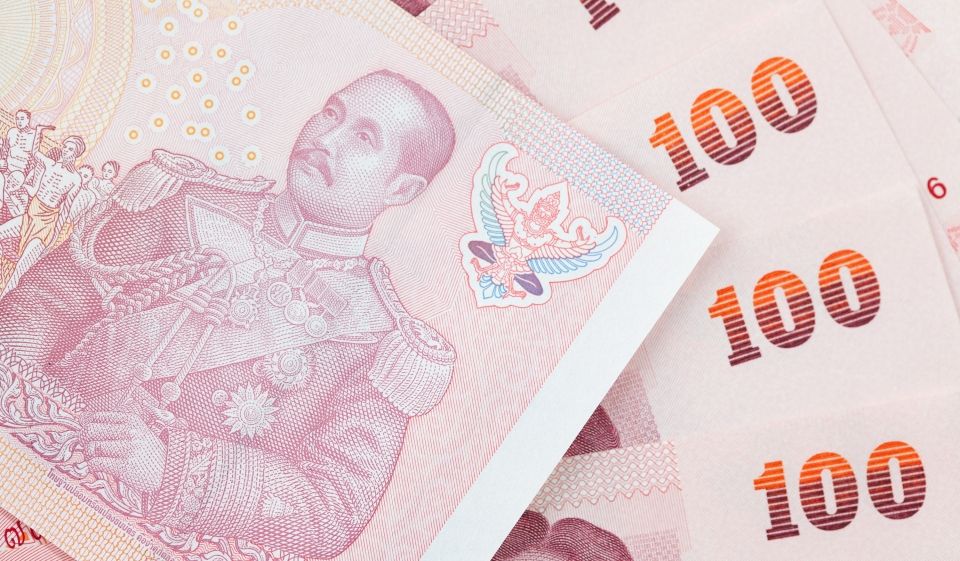
King Chulalongkorn's Day honors the day King Rama V passed away. He is thought to be the greatest King of Thailand, his image can be seen on the back if the 100 baht note.
5. Loi Krathong
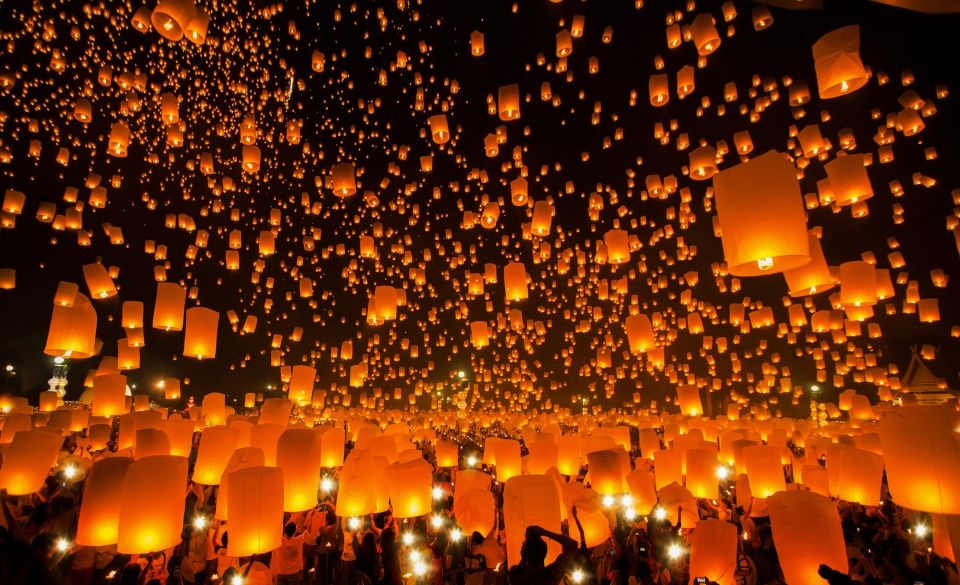
Loi Krathong (or Loy Krathong) is one of the largest holidays in the fall. It is celebrated on the full moon of the 12th month in the Thai Lunar calendar (which is usually in mid- late November). This holiday celebrates Pra Mae Khongkha, the goddess of water, the holiday usually falls towards the end of the rainy season. To celebrate, people create a small raft or “Krathong” out of a piece of trunk of banana tree, adorned with woven banana leaves and flowers, people float these rafts down the rivers, canals, and bodies of water throughout the country. These rafts are floated away with wishes for a new season and to rid oneself of misfortune.
Celebration of Monarchy Members
Other national holidays you’ll notice throughout the Thai calendar year are the celebration of the birthdays of members of the Monarchy. This includes the birthday of the current king, King Vajiralongkorn (King Rama X), the birthday of the late King, King Bhumibol Adulyadej (King Rama IX), which is also considered Father's Day. And Mother’s Day, which is celebrated on the birthday of Queen Sirikit Kitiyakara. These days are celebrated with special ceremonies and celebrations, certain colors are used to represent these Monarchs, and worn in clothing and see in fabrics adorning temples and government buildings.
When you leave your home, often times we miss some of our favorite holidays, but that doesn’t mean there isn’t more out there to celebrate! So, which Thai holiday are you looking forward to the most?
Related Posts

Teaching English Abroad: Thailand vs. Hungary Comparison
Meet Sarah- a CIEE Teach Abroad & TEFL Alum! 😊 Hi, I’m Sarah! I’m originally from New Jersey, but for the last 4 years I have been traveling all over... keep reading

Rewriting My Top 10 Reasons: What a Year in Thailand Taught Me
Revisiting my First Blog Post If you scroll through my blog posts, you will find my first post: Why to Teach English in Thailand: My Top 10 Reasons. For anyone... keep reading
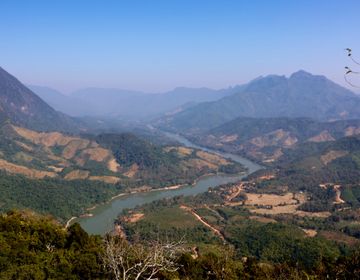
Exploring Thailand's Neighbors: Traveling To Laos and Cambodia
When I moved to Thailand, I knew that exploring Southeast Asia was high on my list of things to do. There were many places in Thailand I wanted to see... keep reading
